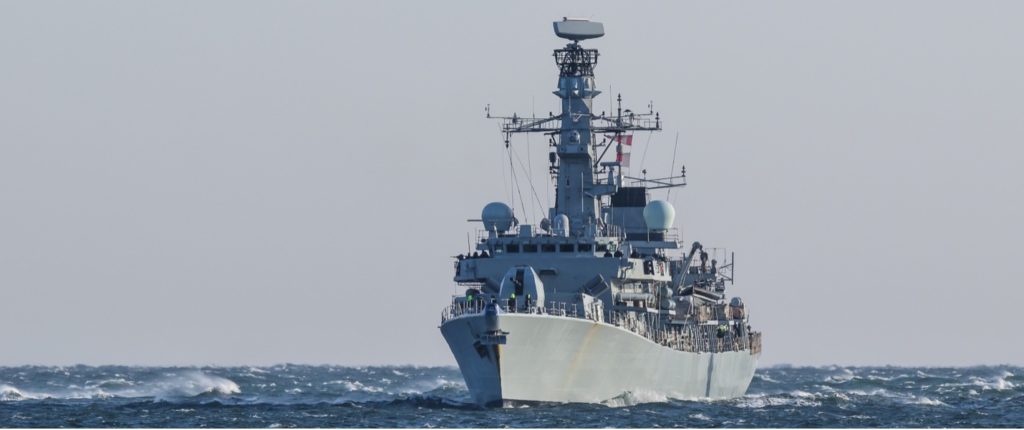News
Global Composites Innovation Fuels Marine Manufacturing and Buying Season

The history of and growing use of composites in the marine industry is impressive and sets standards for innovation. In the first quarter of 2023, Marine Manufacturers will launch their latest products for buyers as the marine market buying season commences, and composites will take center console.
Composite products like carbon fiber, glass fiber reinforced plastics (GFRP), and epoxy are innovating the marine manufacturing industry and being used by marine manufacturers to create marine vessels that are lightweight, strong, and durable, with sustainability benefits and the ability to reduce carbon footprint.
There are numerous examples of how composites continue to evolve the marine manufacturing industry with innovative solutions that are driven by composites products, materials, and processing technologies – from naval patrol boats to structural fire protection for marine applications to floating dock reinforcement.
British Navy patrol boats
The British Royal Navy recently opted for GFRP patrol boats, using a composites company to manufacture the hull, wheelhouse, and internal structure. The hull was constructed using a two-part GFRP tool with the composites manufacturing process of vacuum infusion. Composites Manufacturing Magazine explains that the lay-up schedule included a layer of gel coat with a backing of wet-laid chopped strand mat. When the dry lay-up was complete, the structure was vacuum infused with a vinyl ester resin and cured for 12 hours. The wheelhouse was also fabricated using vacuum infusion.
Bulkheads, longitudinal and transverse girders, crash compartments, watertight compartments, and floors were all produced using resin infusion. The girders were made from both multiaxial fiberglass fabrics and unidirectional carbon fiber.
Structural fire protection (SFP) panels for marine
Another composites manufacturer was recently tapped to develop and qualify a new structural fire protection (SFP) panel system for Marine applications, with the goals to reduce weight and costs, improve corrosion resistance, and meet extensive structural fire protection requirements and safety standards in marine applications.
The fiber-reinforced plastics (FRP) panel featured aluminum honeycomb as a core material and an intumescent mat integrated into the composite structure for insulation and burn resistance. As Composites Manufacturing Magazine explains, the aluminum honeycomb panel was skinned with a 0.01-inch glass/epoxy laminate face, with the thermoset epoxy matrix being shielded from excessive heat and the prepreg self-adhering to the aluminum honeycomb and to the intumescent mat.
The first GFRP-reinforced concrete dock system
In New Zealand, a marine company has installed its first fully GFRP-reinforced concrete dock system, replacing timber and steel dock reinforcements with composites. The docks – made of GFRP thru-rods, rebar, and beams – are lighter, stronger, more durable, easier to maintain, and environmentally friendly, attributed to the use of composite reinforcement. The GFRP-reinforced docks also extend the expected lifespan to 100 years or more with high fatigue resistance, high tensile strength, and low tensile modulus that allows the flexibility to resist deterioration from weather, constant waves, and other elements.
Read more about composites innovations in Marine Manufacturing.

